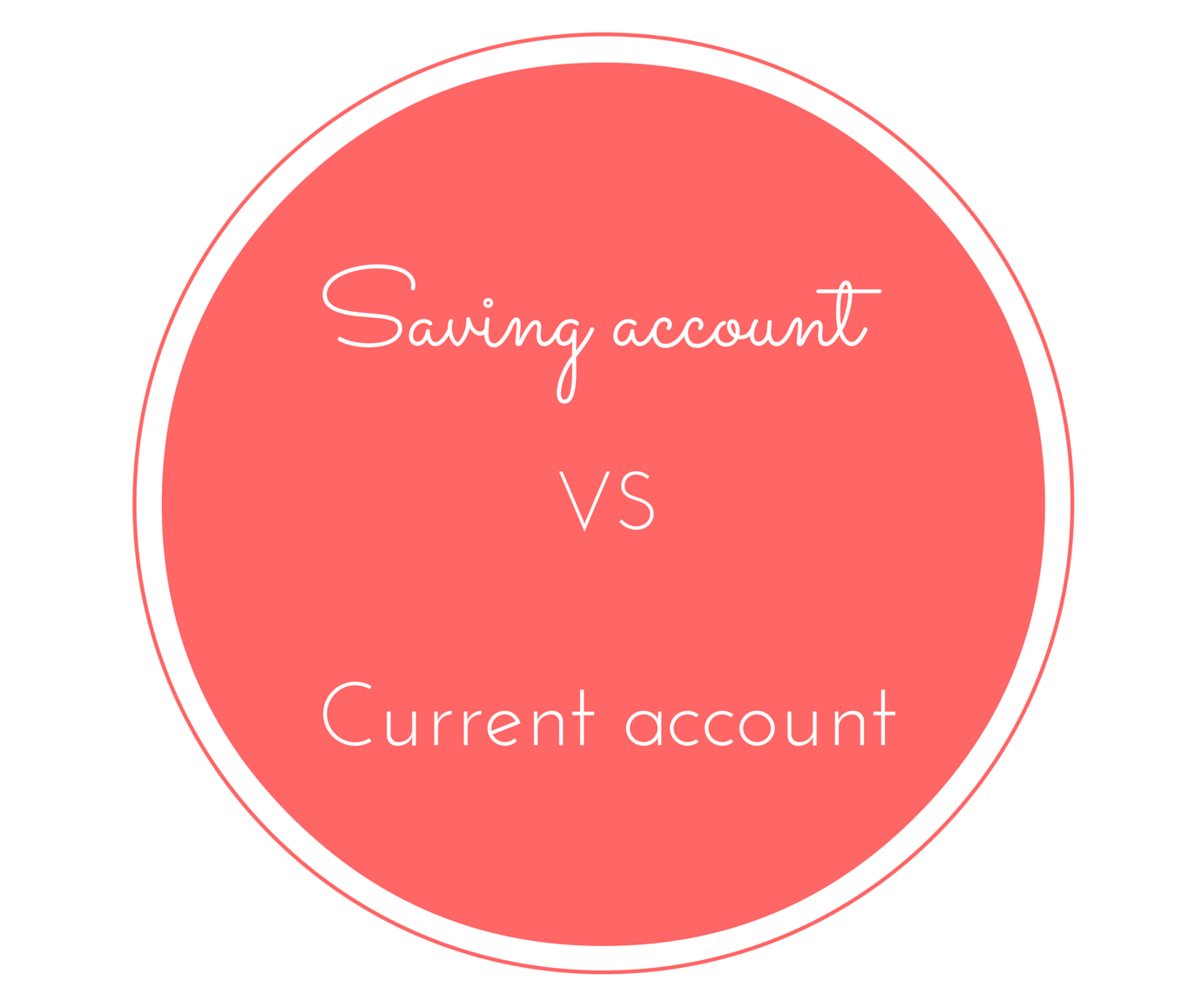Many of us think that every human being on this planet should cover his/ her life by insurance. I personally don’t think so. The reason is that if you think your life insurance won’t be fruitful for you then why should you waste your money on investing such a thing.
The amount of insurance paid for covering ones life depends upon a number of factors. This article deals with the factors which should be thoroughly considered before purchasing a life cover.
First of all, a person should get to know does he/ she really needs a life cover? If answer is yes, then depending upon the below given factors, he/she should make a decision about the amount of premiums.
So answer of the question ‘how much should you pay for your life insurance’ can be given based upon below described factors.
Age:
Age is the most important determining factor in deciding the amount of money one should invest in purchasing a life covering policy.
Health:
A healthy person should not purchase a life insurance having heavy premiums every month or year. It simply indicates that if you are fit enough to live a long natural life then why should you take additional headache of paying the premiums. For those who often feel unhealthy or suffer from serious illness should invest in purchasing life insurance. These kind of people need to purchase a life insurance for covering their future expenses.
Gender:
It is said that women live a longer life than men. So in case of men, they should buy a heavier amount of life insurance than a woman. So that in case of death of a man in the family, the family members can receives a return to bear their daily expenses.
In men dominant countries like Asian countries, if a man dies then family has to bear huge financial difficulties. It is because men are the main earner in these countries. On the other hand if a woman dies in a family, financially it does not affect rest of the family members.
So, in such countries, more investment on life insurance should be made by men rather than women. Women can be covered with a lesser amount of life insurance policy.
Occupation:
Occupation affects the need of life insurance as much as age. For people who are businessmen, professionals or designated on some higher post in a company, it is easy to afford a life covering policy with heavy premiums. These kinds of people make investment in life insurance for some other purposes also. These purposes may include tax saving, covering huge financial debts arising out of business activities etc. On the other hand people who don’t have a large source of income should avoid buying life insurance with heavier amount of premiums. It is because it would increase the chances of financial distress in family.
Amount of debt:
This is the factor which one should consider thoroughly before purchasing a life insurance.
No. of dependants:
This point is important because of the fact that no. of dependants decides future expenses for an individual. An individual who lives alone or don’t have any dependants after him, needs not to worry about increasing future expenses. This point is concerned for people who have dependants after them.
Contingent liabilities:
These are the future liabilities which may or may not incurred in future. These liabilities prove a deciding factor for a person who is thinking to purchase a life insurance.
Existing wealth:
The amount of existing wealth decides the amount of life insurance premium for an individual. Families who have enough capital to bear these future expenses need not to invest in such a thing like life insurance.

 The loan is given by the mortgagee in exchange of the title of any property of borrower which becomes void at the time of full repayment of loan by the mortgagor. The terms of the contract defines the interest rate also, which the borrower has to pay on the amount so borrowed.
The loan is given by the mortgagee in exchange of the title of any property of borrower which becomes void at the time of full repayment of loan by the mortgagor. The terms of the contract defines the interest rate also, which the borrower has to pay on the amount so borrowed.
 On saving account, a fixed rate of interest is given by the banks to increase the saving habits of individuals (ultimately their profits).
On saving account, a fixed rate of interest is given by the banks to increase the saving habits of individuals (ultimately their profits).